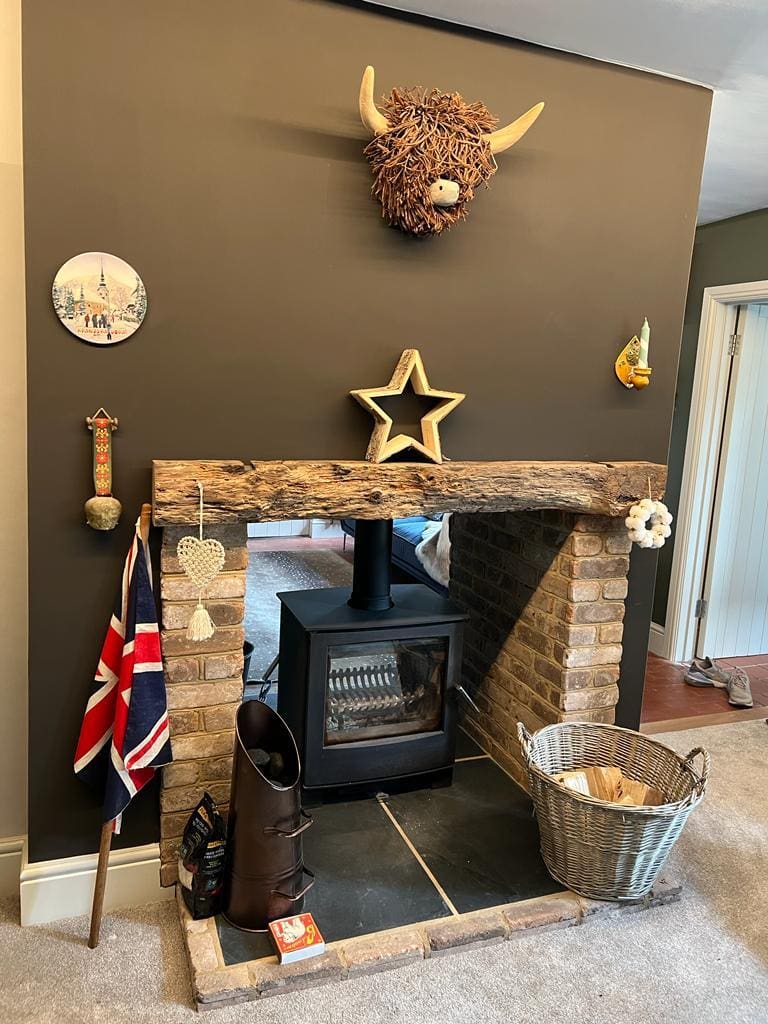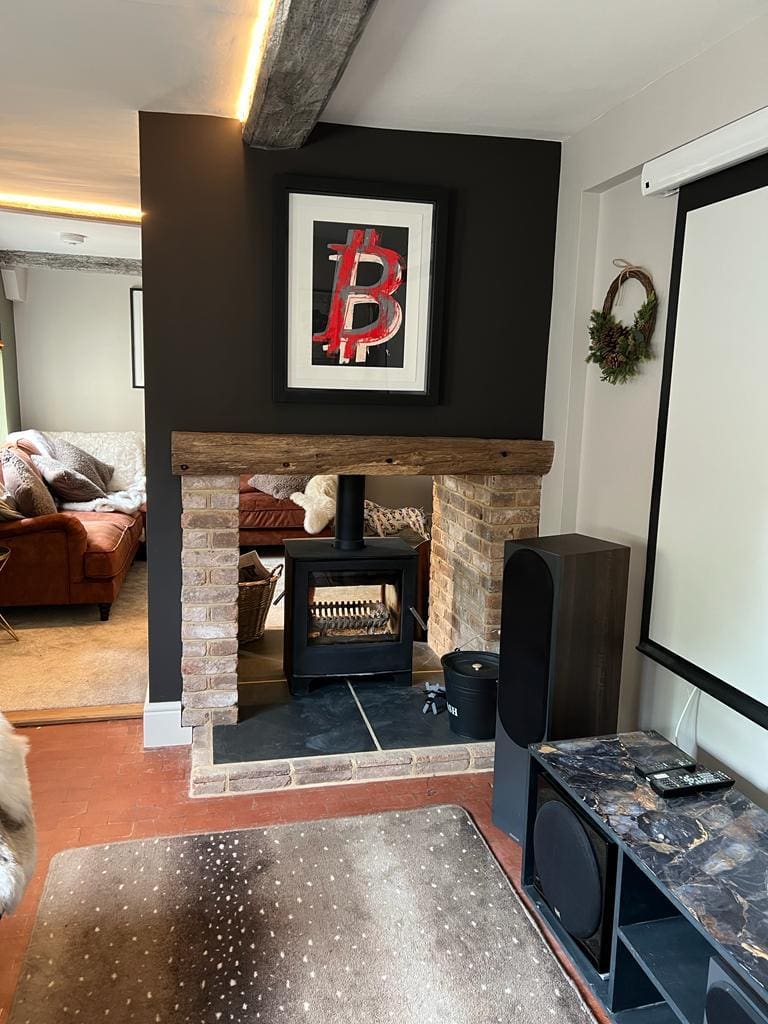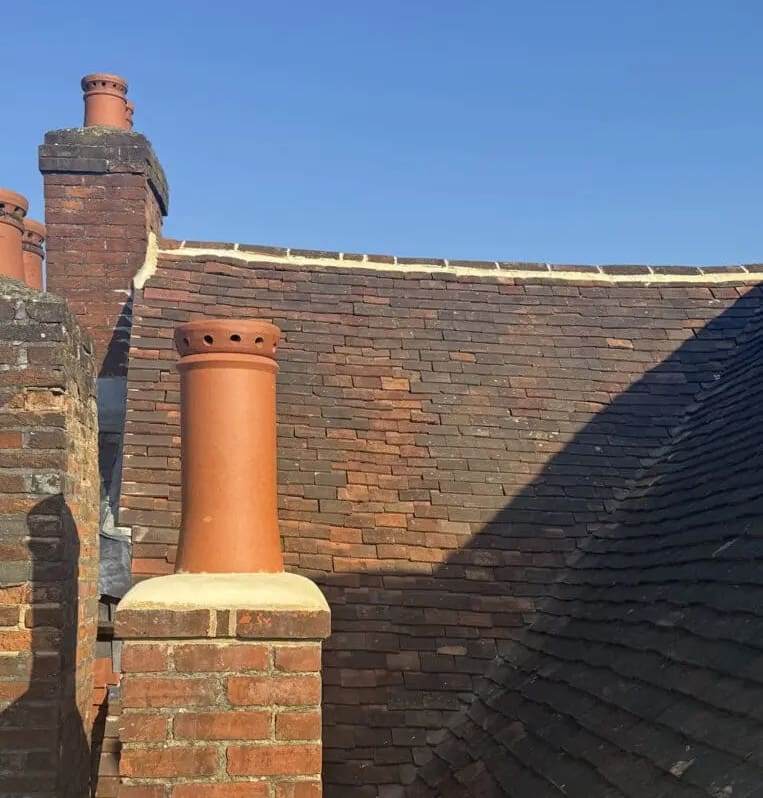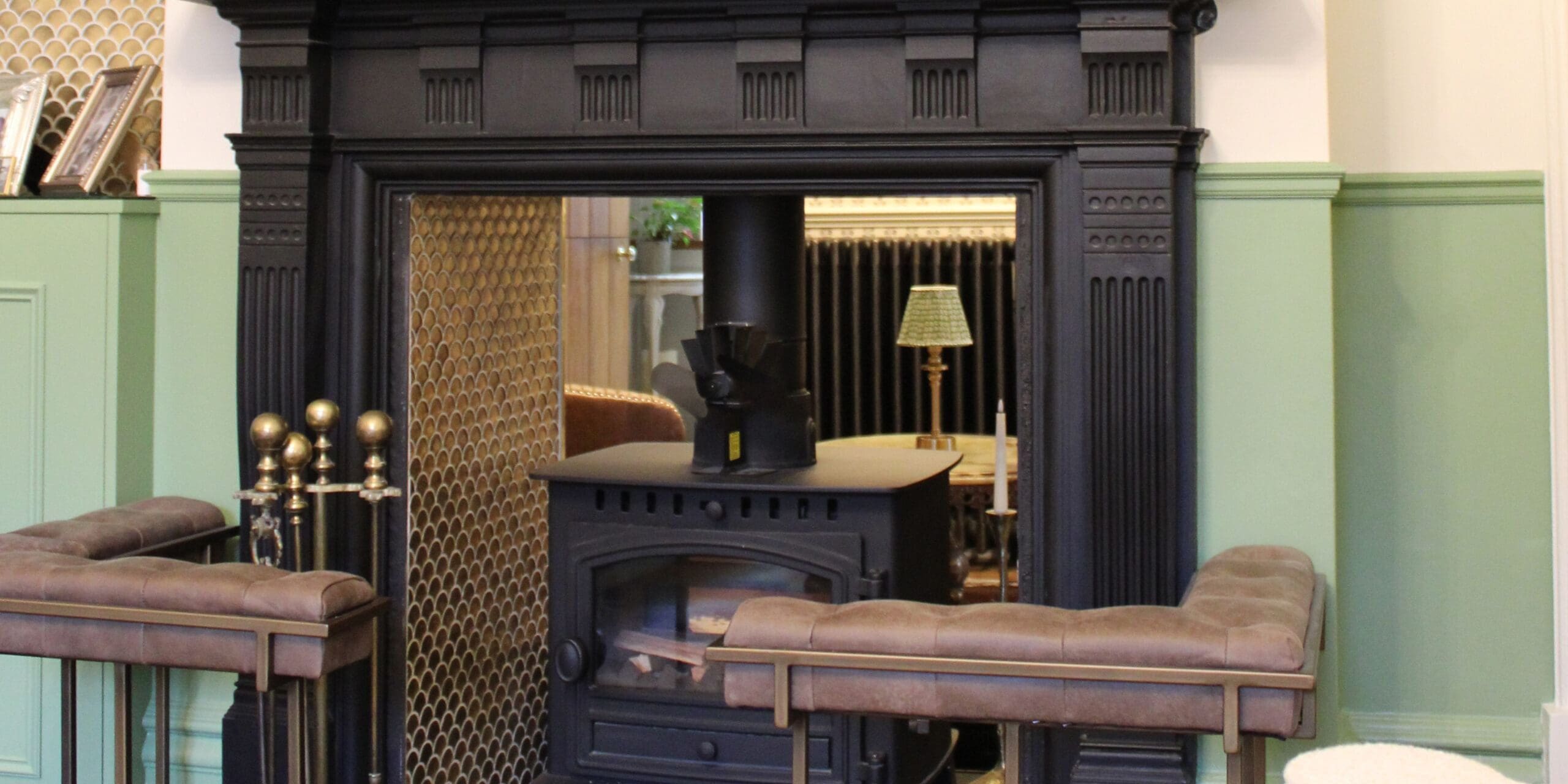A fireplace is more than just a functional heat source – it’s a statement piece, a source of comfort, and a central feature that adds charm and character to your home. Whether you’ve recently moved into a period property with a neglected fireplace or want to breathe new life into your existing setup, fireplace restoration is an incredibly rewarding project. But before you roll up your sleeves or call in a professional, it’s essential to understand the full scope of what’s involved.
In this guide, we’ll walk you through each stage of the fireplace restoration process. Whether you’re wondering how to restore a fireplace yourself or searching for a fireplace restoration specialist near you, this blog is here to inform and inspire.
How to Restore a Fireplace
Restoring a fireplace involves much more than cosmetic upgrades. It’s a multi-phase process that may include structural work, deep cleaning, repair, and design enhancements. The exact steps depend on the type of fireplace (e.g. cast iron, brick, limestone, or tiled), the condition it’s in, and the age of your home.
One of many common mistakes homeowners make during a refurbishment project is underestimating the scale of the task. While DIY fireplace restoration might sound appealing, this is an area where a misstep can lead to safety risks or long-term issues. We recommend that tasks like fireplace masonry repair, chimney flue upgrades, and fireplace and chimney inspections are carried out by qualified professionals.
Read on for a breakdown of the process in the steps below.
Inspection & Planning
Every successful restoration project begins with a comprehensive inspection and clear planning. Here’s what this stage includes:
Chimney Sweep and Inspection
Before you do anything else, it’s essential to hire a certified chimney sweep to inspect and clean the flue. This ensures there are no blockages or built-up creosote that could pose fire hazards. A fireplace and chimney inspection also reveals potential structural damage, missing components (like a chimney cap or damper), or outdated parts.
Structural Assessment
Older homes, especially those with Victorian or Edwardian fireplaces, may suffer from hidden damage. Cracked hearths, unstable firebacks, or crumbling brickwork need professional assessment. Restoring a fireplace in a period home often means working with traditional materials and methods to maintain its authenticity.
Design Planning
Once the structure is sound, it’s time to decide how you want the fireplace to look. From Victorian fireplace restoration to a more modern revamp, having a vision for the end result is essential. Will you repaint? Tile the surround? Restore the original mantle? Detailed planning at this stage will save time and money later.
Cleaning and Surface Preparation
Cleaning your fireplace is a key step that reveals its true condition and prepares it for restoration.
Brick & Stone Cleaning
Use a masonry cleaner specifically designed for fireplaces to avoid damage. Soft bristle brushes and non-acidic cleaners are recommended for delicate stone like limestone. If you’re planning to restore a limestone fireplace, be extra cautious as abrasive materials can etch the surface.
Removing Paint
Many older fireplaces have been painted over – sometimes multiple times. If you’re restoring a cast iron fireplace, use a chemical paint stripper formulated for metal to avoid corrosion. For brick or stone, always spot test the product first. Removing layers of old paint can reveal intricate details or natural textures you may wish to preserve.
Soot and Grime Removal
Years of soot buildup can darken surfaces and affect air quality. Scrub the firebox and interior brick with a wire brush or stiff nylon brush, followed by a vacuum and wipe-down. If you’re working on a brick fireplace restoration project, this step can make a remarkable difference before you even begin repairs.
Masonry Repair and Repointing
Restoring the structural integrity of your fireplace is crucial, especially if it’s showing signs of age.
Repointing Mortar Joints
Mortar naturally degrades over time. Repointing involves removing deteriorated mortar and replacing it with new material that matches the original. This is especially important for older properties i.e. restored Edwardian fireplaces, where inappropriate materials can cause long-term damage.
Replacing Damaged Bricks or Tiles
If any bricks or fireplace tiles are damaged, they’ll need to be replaced. Where possible, salvage original materials or source reclaimed ones to maintain the aesthetic. Fireplace tile restoration can dramatically improve the look of your hearth and may uncover original decorative patterns.
Crack Sealing and Gap Filling
Small cracks in the firebox or hearth can be sealed with fireproof caulk or refractory cement. Larger gaps or structural flaws should be addressed by professionals to prevent heat loss or safety risks.


Chimney and Flue Upgrades
Many older fireplaces are not up to current safety standards. Restoring your fireplace is the perfect time to upgrade essential components to ensure it is compliant. For your safety and peace of mind, we’d recommend using a HETAS Registered Installer to carry out this work.
Chimney Crown and Cap Repair
A damaged chimney crown can let water in, causing internal damage over time. Likewise, a missing or broken cap invites animals, debris, and rain into your flue. These components are vital to the performance of your fireplace.
Chimney Liner Installation
If your chimney lacks a proper liner, it’s not only inefficient, but it can also be dangerous. A stainless steel or ceramic liner improves ventilation and increases safety.
Ventilation and Damper Upgrades
Modern dampers provide better control over airflow, heat retention, and smoke management. Upgrading this element will make your fireplace more energy-efficient and easier to operate.

Make Enhancements
Once the foundational work is done, it’s time to focus on aesthetics.
Painting and Finishing
Specialist heat-resistant paints are ideal for metal firebacks and cast iron inserts. For a bold, contemporary look, painting the surround in a contrasting colour can dramatically modernise the space.
Tiling and Stonework
Add a touch of elegance or heritage with decorative tiles, especially if you’re restoring a Victorian or Edwardian fireplace. Alternatively, natural stone like slate or marble can give your surround a timeless finish.
Fireplace Surround Styles
Popular Victorian styles include ornate cast iron, colourful tiles and wooden or marble mantels. Many Edwardian homeowners favour tiled inserts and cleaner lines for simplified elegance. If you’re looking for a modern aesthetic, you could opt for minimalist or frameless surrounds paired with reclaimed timber.
Insert and Grate Updates
Consider updating or restoring the fire basket, insert, or gas burner. Choose pieces that suit your overall design scheme and fuel type i.e. wood-burner, gas, or electric.
Safety and Final Checks by an Expert
Before lighting your first fire, ensuring your fireplace is safe to use and having a fireplace inspection carried out by a certified technician is essential.
Fireplace Door or Screen Installation
Adding a fireguard, glass doors, or mesh screen improves safety which is especially important in homes with children or pets. It also enhances the efficiency and helps control heat output.
Professional Sign-Off
A qualified expert will assess the integrity of the flue, damper, ventilation system, and chimney draw. They’ll also check smoke alarms and carbon monoxide detectors in the property.
How Can Marshels Help?
At Marshels, we understand that fireplace restoration is about more than looks – it’s about restoring the heart of your home with care, expertise, and precision. Our experienced team works across Surrey, Hampshire, Berkshire and South West London, offering both decorative and structural services including fireplace masonry repair, repainting, and commercial and domestic refurbishment.
Whether you need help with a cast iron fireplace restoration project, want to restore a limestone fireplace, or don’t know where to start when it comes to fireplace restoration, our specialist services are tailored to meet your needs.
Alongside domestic refurbishment, we also provide painting and decorating services to complete the project with any updates required to the rest of the room around the fireplace. Our experienced team of specialists ensure a seamless transition from tired and outdated to fresh and outstanding.
Summary
Fireplace restoration is a complex yet rewarding journey. From cleaning and repointing to chimney upgrades and design enhancements, every step requires care and attention to detail. While small cosmetic updates can be tackled by confident DIYers, tasks involving structure, masonry, and ventilation are best left to professionals.
Whether you’re restoring a fireplace in a modern home or preserving a heritage feature, Marshels is here to help you do it right—safely, beautifully, and with lasting results. Get in touch today for a free, no-obligation quote.








